A French seam is a type of seam that is enclosed on both sides, making it very neat and durable. It adds a professional touch to your sewing projects and conceals the raw edges, preventing fraying. It is often used in high-end garments and other sewn projects where a professional finish is desired.
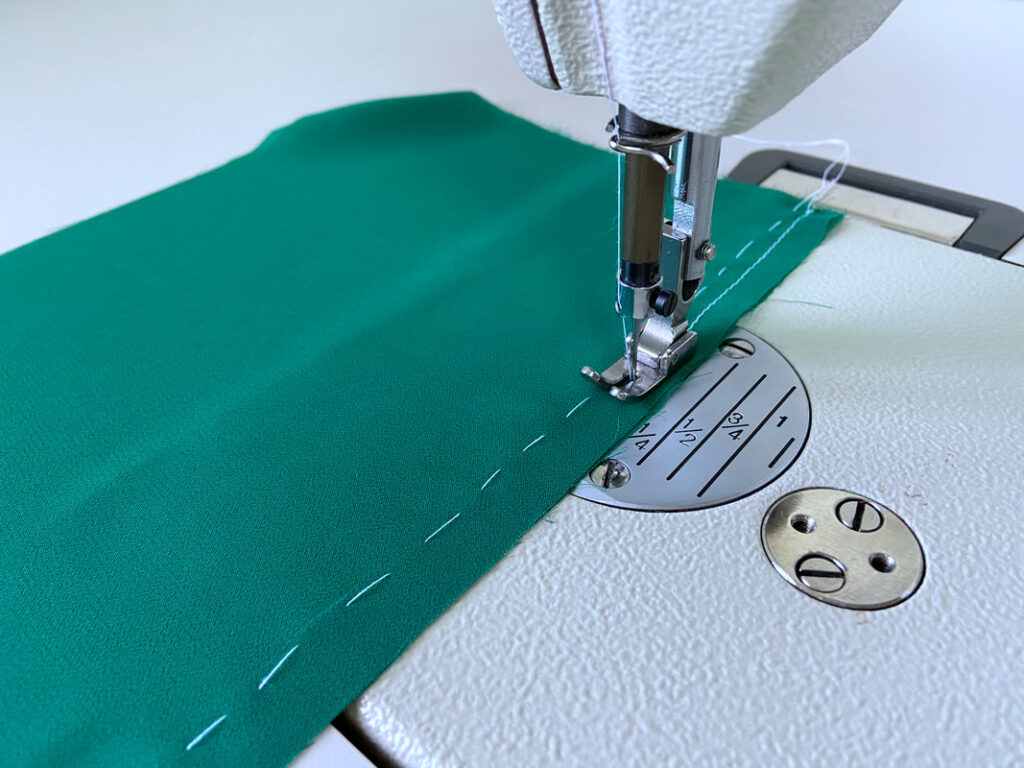
To sew a French seam on a sewing machine, you will need:
A sewing machine with a straight-stitch needle
- Matching Thread
- Fabric
- Sewing Machine
- Pins
- Iron and Ironing Board
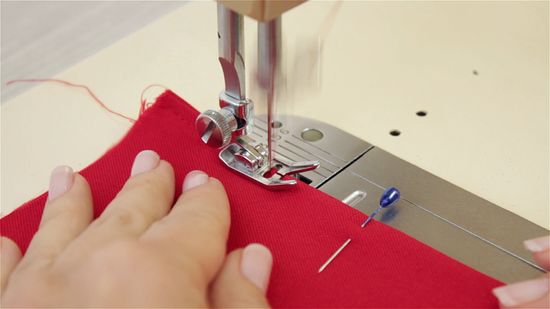
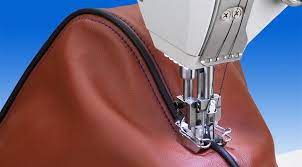
we will guide you through the step-by-step process of creating a French seam using your sewing machine.
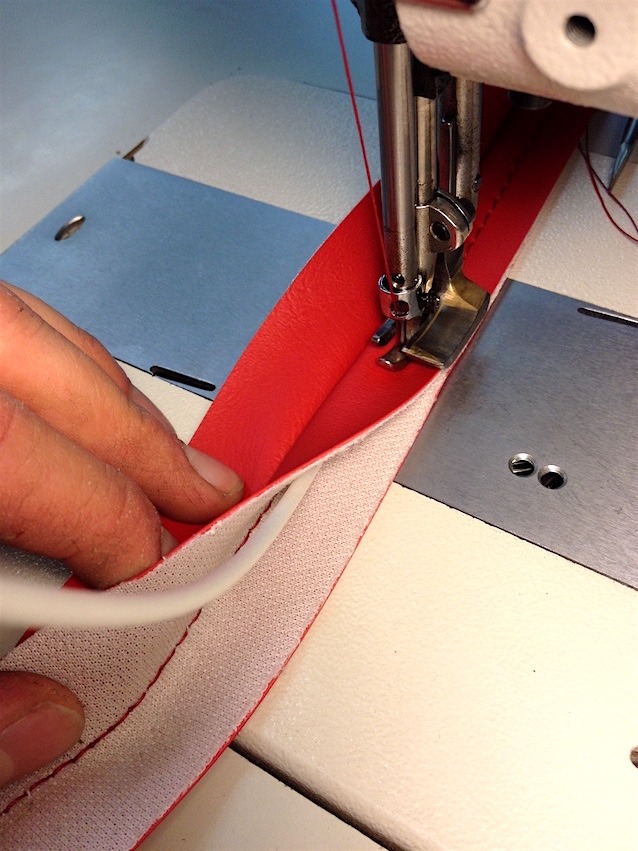
Step 1: Wrong Sides Together
Pin your fabric pieces together with the wrong sides facing. The wrong side of the fabric is the side that will not be visible on your finished project.
Step 2: Stitch a Narrow Seam
Using your sewing machine, sew a straight line along the edge of the fabric, approximately 1/8 inch from the raw edge. This initial stitching will secure the fabric pieces together.
Step 3: Trim Excess Seam Allowance
Use sharp scissors to carefully trim the excess fabric close to the seam, leaving about 1/8 inch of fabric.
Step 4: Press the Seam
Turn your fabric pieces right sides out and press the seam flat. This step ensures that the seam is neat and flat.
Step 5: Fold and Pin
Fold the seam allowance towards the wrong side of the fabric, enclosing the raw edges. Pin the fabric pieces together to keep them in place.
Step 6: Stitch a Second Seam
Pin the seam in place and sew a second seam 1/4 inch (6 mm) from the edge of the fabric. This stitching will encase the raw edge within the seam.
Step 7: Trim Excess Fabric
Be careful not to cut the stitches.
Step 8: Final Press
Press the seam flat again to ensure a crisp and polished finish.
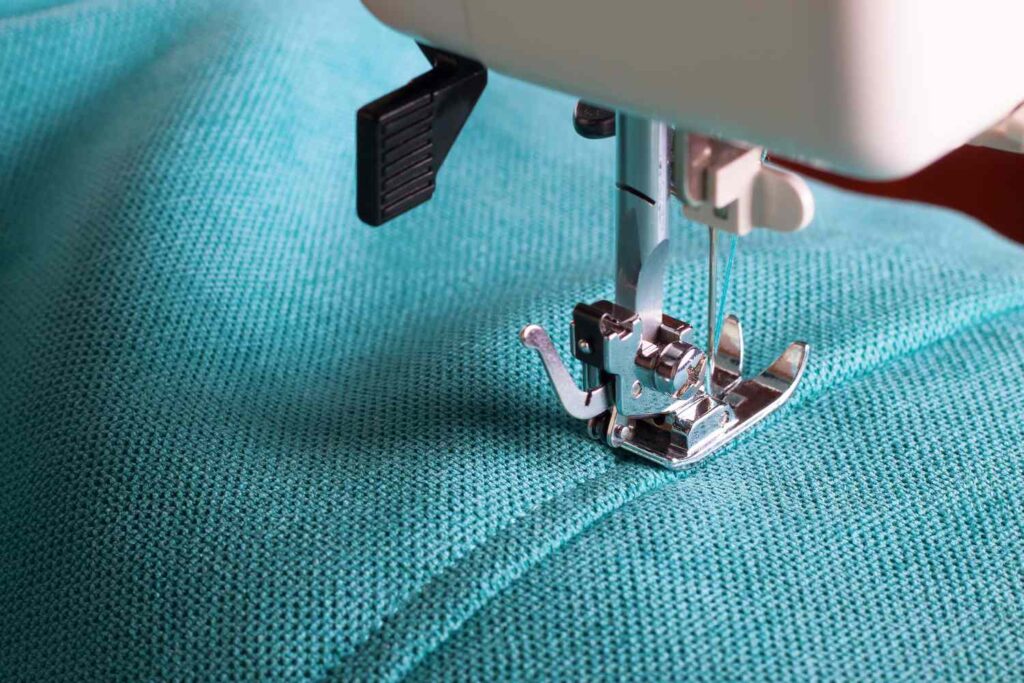
Tips
- Use a thread that is the same color as the fabric, or a contrasting color to create a decorative effect.
- If you are stitching a thick fabric, you may want to use a double strand of thread.
- To make your stitches more durable, use a backstitch to secure the beginning and end of your stitching.
- If you are stitching a curved edge, be sure to keep your stitches close together so that the edge does not pucker.
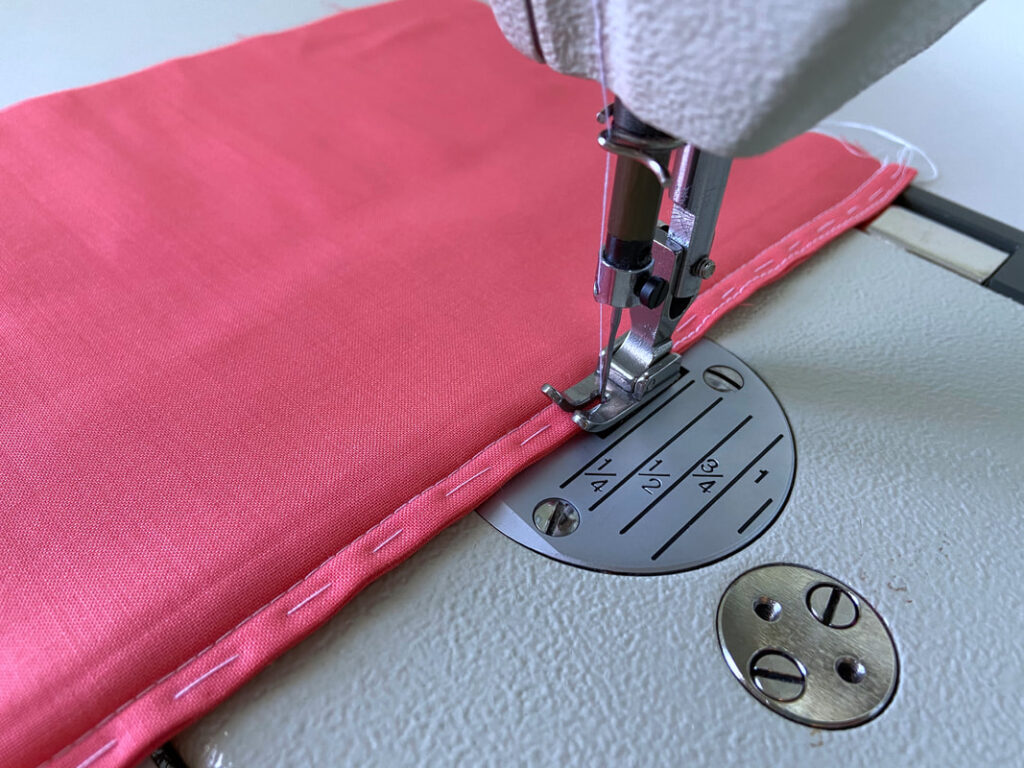
What is the difference between a French seam and a regular seam?
A French saw seam is enclosed on both sides, while a regular seam is only enclosed on one side. This makes a French saw seam more neat and durable.
When should I use a French seam?
French saw seams are often used in high-end garments and other sewn projects where a professional finish is desired. They are also a good choice for projects where the fabric is lightweight or delicate, as they help to prevent raveling.
How do I sew a French seam on a curved edge?
To sew a French seam on a curved edge, be sure to keep your stitches close together so that the edge does not pucker. You may also want to use a guide, such as a sewing machine foot with a guide.
How can I make my French seams more durable?
To make your French seams more durable, use a double strand of thread and backstitch the beginning and end of your stitching. You may also want to use a fabric stiffener, such as starch or spray starch, to help the seam hold its shape.
What types of fabrics are best suited for French seams?
French seams work best on lightweight to medium-weight fabrics such as chiffon, silk, and cotton.
Can I create a French seam by hand if I don’t have a sewing machine?
Yes, you can create a French seam by hand using a straight stitch and following the same principles outlined in this article.
Are French seams suitable for curved edges and seams?
French seams are more commonly used on straight seams. However, they can be adapted for curved seams with some extra care and patience.
Do I need any special presser feet on my sewing machine for French seams?
No, a regular presser foot is sufficient for creating French seams.
How do I prevent the fabric from puckering while sewing a French seam?
To prevent puckering, use a fine needle, appropriate tension settings, and sew at a consistent speed. Practice on scrap fabric to get the hang of it.

Conclusion
Creating a French seam on a sewing machine is a skill that every sewer should master. It not only adds a professional touch to your projects but also prevents fraying and adds durability to your seams. With a bit of practice, you’ll be able to achieve flawless French seams that elevate the quality of your sewing.

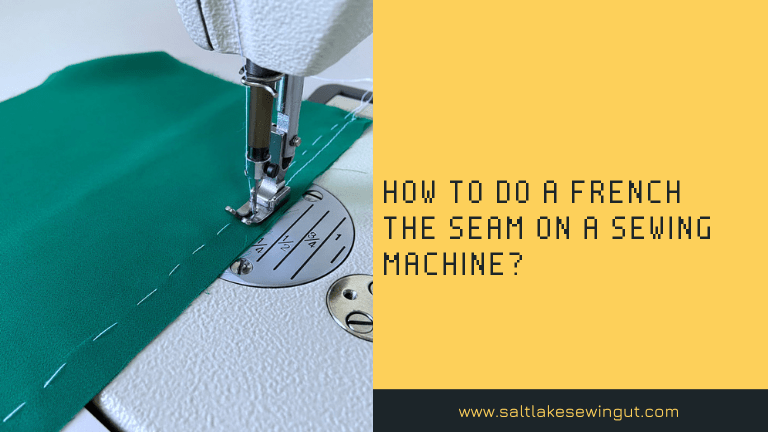
1 thought on “How to do a French seam on a sewing machine?”